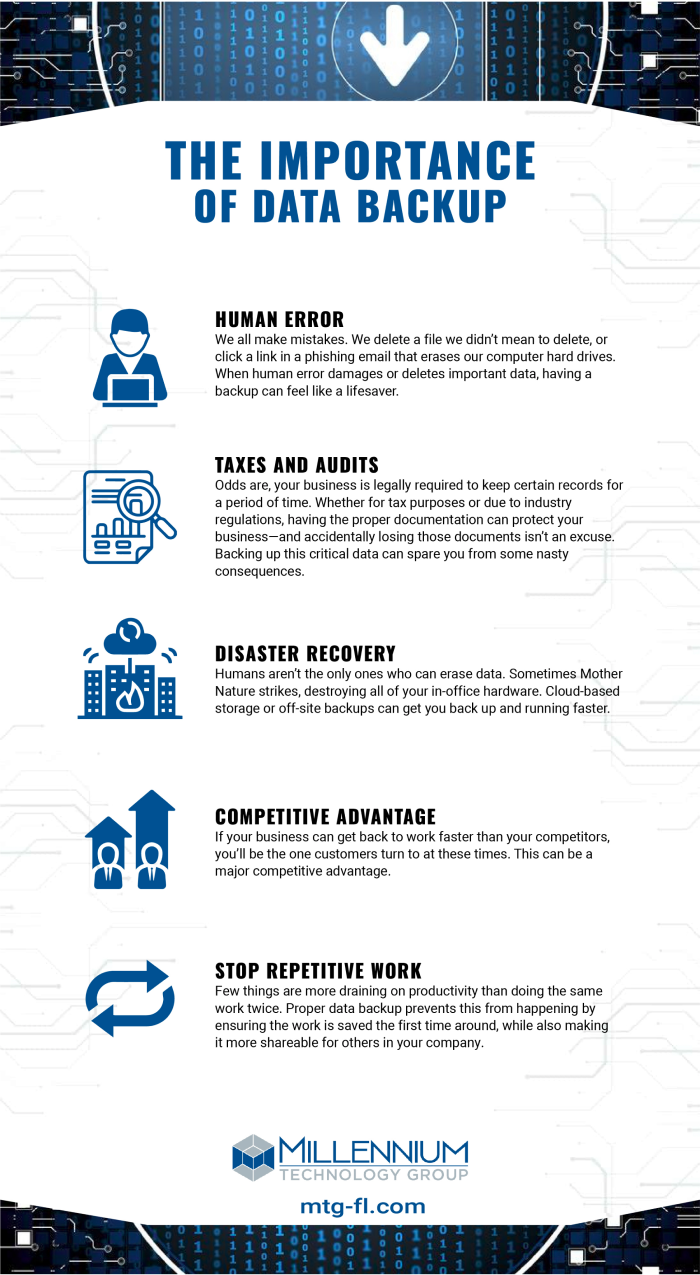

The reverse incremental backup method produces a backup chain that consists of the last full backup file (.VBK) and a set of reverse incremental backup files (.VRB) preceding it.ĭuring the first backup job session, Veeam Backup & Replication creates a full backup file on the backup repository.

For details, see Forward Incremental Backup Retention Policy in the Veeam Backup & Replication User Guide. On a day when the synthetic or active full backup is scheduled, Veeam Backup & Replication creates a full backup file and adds it to the backup chain.Īfter adding a new restore point to the backup chain, Veeam Backup & Replication checks the retention policy and deletes outdated restore points. During subsequent backup job sessions, Veeam Backup & Replication copies only VM data blocks that have changed since the last backup job session and saves these blocks as an incremental backup file in the backup chain. Veeam Backup & Replication does not retrieve VM data from the source datastore.ĭuring the first backup job session, Veeam Backup & Replication creates a full backup file. However, this copy is created from the backup files that you already have on the backup repository. The synthetic full backup also contains the copy of a VM. Veeam Backup & Replication retrieves data for the whole VM from the source, compresses and deduplicates it and stores it to the active full backup file. This backup is similar to the full backup created when you run a job for the first time. The active full backup contains the copy of a VM. The subsequent full backup files can be the following: The forward incremental backup method produces a backup chain that consists of the first full backup file (.VBK) and a set of forward incremental backup files (.VIB) following it.Īdditionally, the forward incremental backup chain contains full backup files that “split” the backup chain into shorter series. For details, see Forever Forward Incremental Backup Retention Policy in the Veeam Backup & Replication User Guide.

During subsequent backup job sessions, Veeam Backup & Replication copies only VM data blocks that have changed since the last backup job session and saves these blocks as an incremental backup file in the backup chain.Īfter adding a new restore point to the backup chain, Veeam Backup & Replication checks the retention policy for the job and deletes outdated restore points. The forever forward incremental backup method produces a backup chain that consists of the first full backup file (.VBK) and a set of forward incremental backup files (.VIB) following it.ĭuring the first session of a backup job, Veeam Backup & Replication creates a full backup file on the backup repository. It does not store any personal data.Veeam Backup & Replication provides three methods for creating backup chains:įorever Forward Incremental Backup Method The cookie is set by the GDPR Cookie Consent plugin and is used to store whether or not user has consented to the use of cookies. The cookie is used to store the user consent for the cookies in the category "Performance". This cookie is set by GDPR Cookie Consent plugin. The cookie is used to store the user consent for the cookies in the category "Other. The cookies is used to store the user consent for the cookies in the category "Necessary". The cookie is set by GDPR cookie consent to record the user consent for the cookies in the category "Functional". The cookie is used to store the user consent for the cookies in the category "Analytics". These cookies ensure basic functionalities and security features of the website, anonymously. Necessary cookies are absolutely essential for the website to function properly.

The VM snapshot is saved to disk, typically the SAN. Simply stated, a VM snapshot is a copy of the VM state as it exists in server memory at a particular moment, along with any settings and the state of any virtual disks assigned to the VM. VM snapshot backup techniques are the most common means of VM protection. Configuration and scaling are simple, backups are optimized, and you can easily restore as needed. Backups are stored in a Recovery Services vault with built-in management of recovery points. What is Azure VM Backup?Īzure Backup provides independent and isolated backups to guard against unintended destruction of the data on your VMs. Azure Backup automatically allocates and manages backup storage, and it uses a pay-as-you-use model. With Azure Backup, there’s no cost for using on-premises storage devices. READ ALSO: Why did Lou Williams leave Clippers?Īzure Backup provides application-consistent backups, which ensure additional fixes aren’t required to restore the data.


 0 kommentar(er)
0 kommentar(er)
